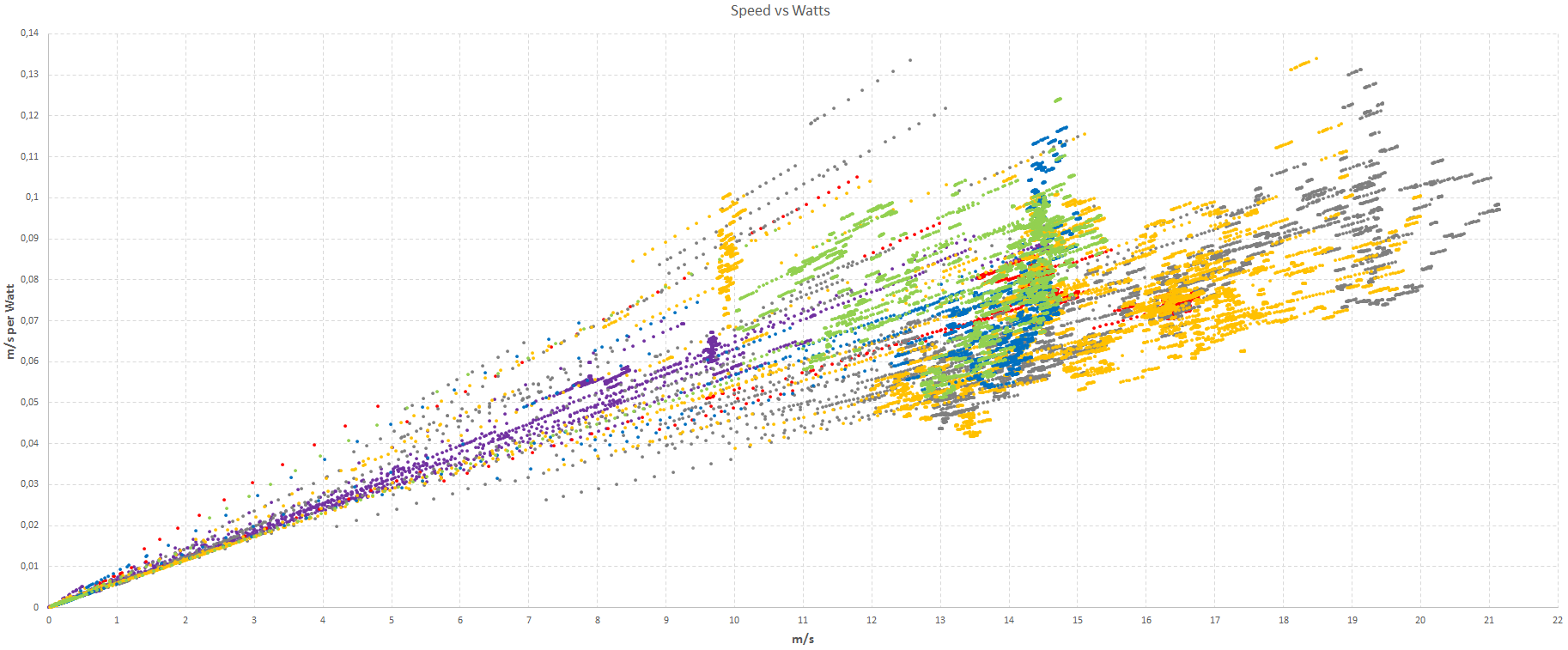Mark The Droner
Premium Pilot
- Joined
- Aug 26, 2015
- Messages
- 5,349
- Reaction score
- 1,772
This question has come up quite a few times in the short time I've been here. Nobody's ever come up with an answer that was anything other than a guess.
I used to think that the RTH speed may be the most efficient, but now I don't think so.
I think some of the best guys to ask about this is the long distance guys because they're the ones risking their aircraft time and time again and they're the ones that watch that battery like a hawk the last five minutes of the flight.
I know it doesn't make any sense, but it appears the most efficient speed is flat out screamin' home on lithium vapors. That's what the long distance guys do.
If somebody can come up with evidence that some other speed is more efficient, that would be great, but so far, nobody has.
I used to think that the RTH speed may be the most efficient, but now I don't think so.
I think some of the best guys to ask about this is the long distance guys because they're the ones risking their aircraft time and time again and they're the ones that watch that battery like a hawk the last five minutes of the flight.
I know it doesn't make any sense, but it appears the most efficient speed is flat out screamin' home on lithium vapors. That's what the long distance guys do.
If somebody can come up with evidence that some other speed is more efficient, that would be great, but so far, nobody has.








